One wrong move—and your hair can betray you.
Cutting too soon. Coloring too late. Skipping steps that seemed harmless at the time. These mistakes don’t just mess with your style—they sabotage the whole vibe you were going for.
From mistimed trims to color choices that clash instead of complement, the smallest misjudgment can turn a good hair day into a long-lasting regret.
But don’t worry. You’re not alone in the confusion, and you’re definitely not doomed. We’re breaking down 14 of the most common (and totally avoidable) hair blunders so you can steer clear of disaster—and finally get the flawless results you deserve.
Cutting Before Coloring
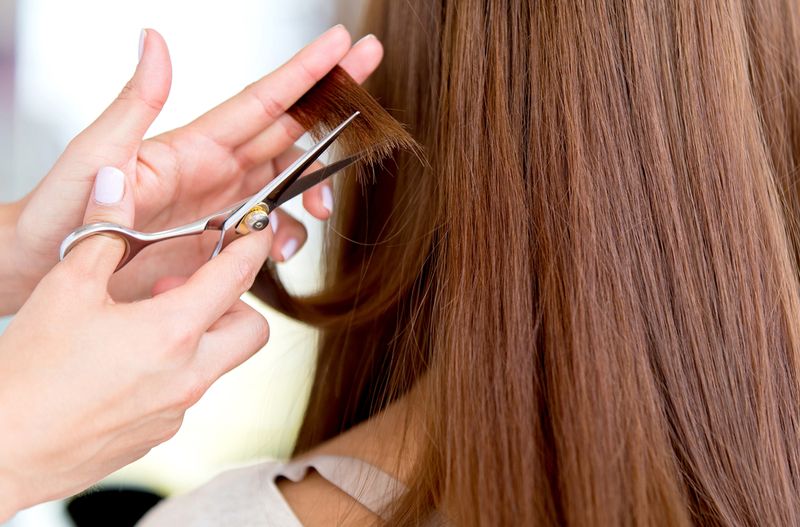
An old debate among hairstyling enthusiasts is whether to cut your hair before or after coloring.
One might think trimming first ensures a fresh palette, but that’s not always wise. If you cut first, you might end up removing hair that could have been part of a vibrant color scheme you’d planned.
Imagine spending hours perfecting a color blend only to chop it off! To prevent unnecessary disappointment, consider coloring your hair before cutting. This approach lets you see how colors interact with your specific style, giving you more confidence in your final look.
Using Box Dyes
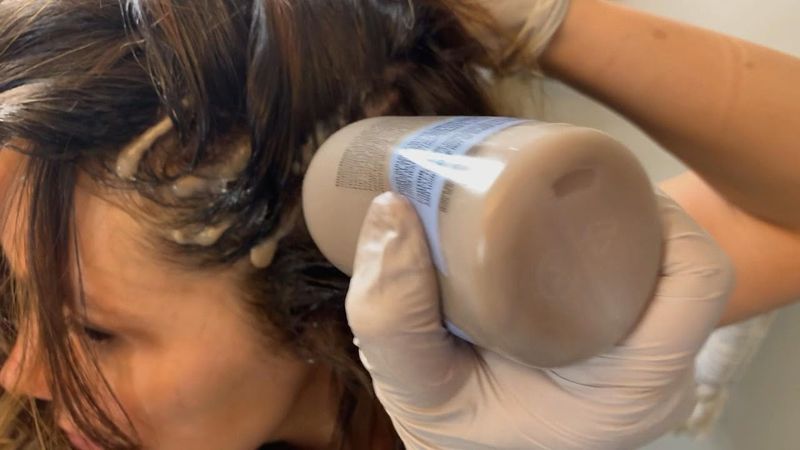
Box dyes can seem like a convenient solution, but they often lead to less-than-desirable results. These products are designed as a one-size-fits-all, which rarely matches the complexity and uniqueness of individual hair types.
The lack of precision in application can lead to uneven tones and unexpected hues. Professional stylists tailor colors specifically for your hair, considering its texture, health, and previous color treatments.
To achieve a vibrant, personalized shade, it’s best to consult with a professional rather than relying on the unpredictable outcomes of box dyes.
Skipping Strand Tests
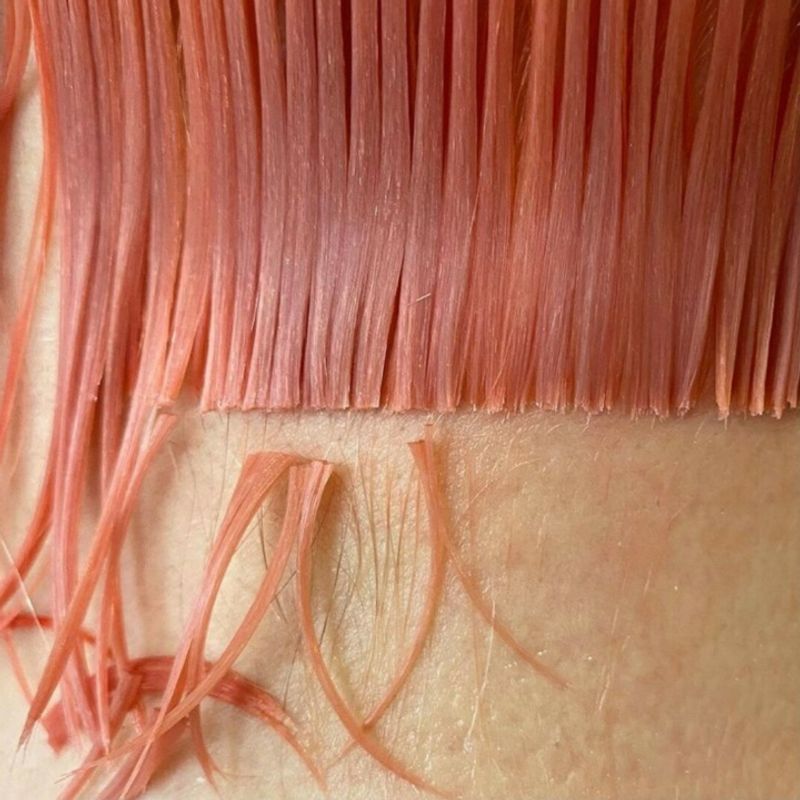
Skipping the strand test might be tempting for those eager to try a new color immediately. However, this small step can prevent significant hair disasters.
Strand tests help you gauge how your hair reacts to new products, revealing any adverse reactions or unexpected color results.
You can see how the dye develops over time and whether it achieves the desired hue.
This precautionary measure saves you from the potential shock of a full-head application gone wrong. Always remember: a little patience goes a long way in achieving the perfect hair color.
Ignoring Hair Health
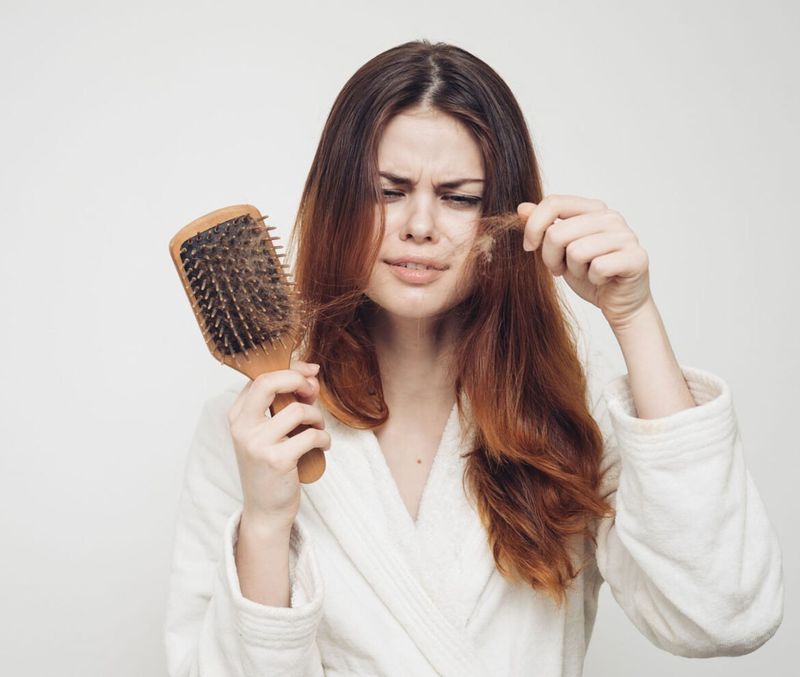
Hair health should never be an afterthought when planning a new hairstyle. Ignoring the condition of your hair can lead to breakage and dullness, especially after chemical treatments or heat styling.
Regular trims, deep conditioning, and nourishing treatments are essential to maintain vibrant and resilient locks.
Before embarking on a new style journey, assess your hair’s health and treat it with adequate care. This ensures that the hair not only looks good but also feels good, enhancing the overall appearance of any new cut or color.
Choosing Trends Over Suitability
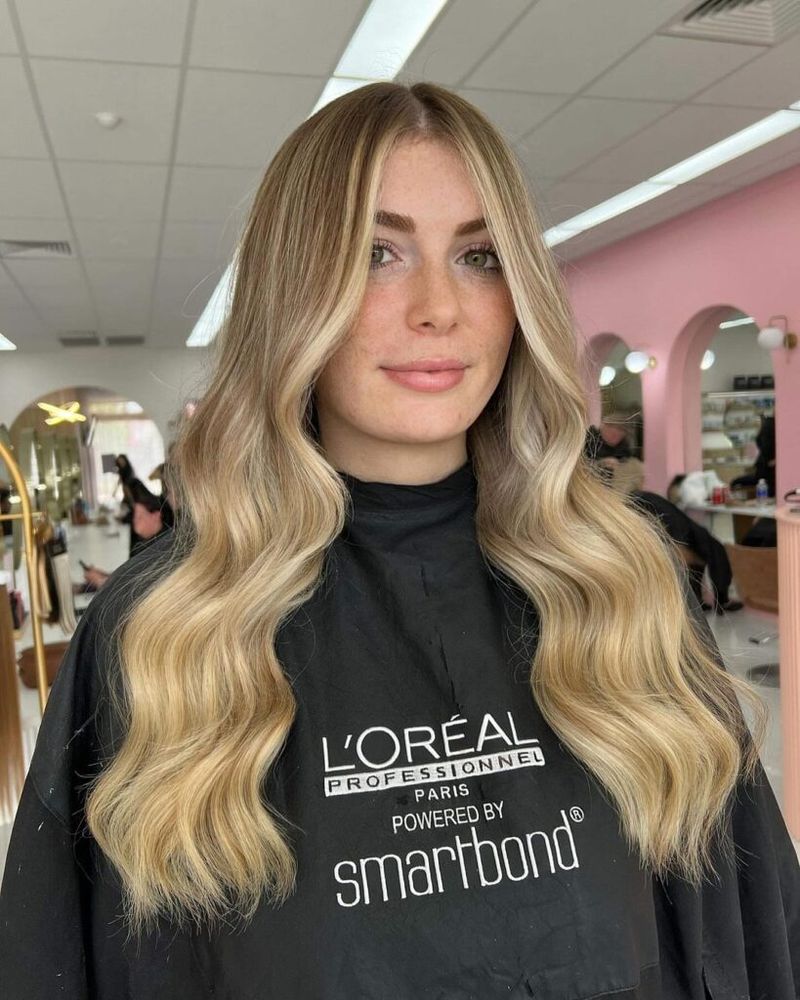
Trends come and go, but suitability lasts forever. Chasing the latest hair trend without considering if it complements your features can lead to a regrettable style choice.
Consider the shape of your face, hair texture, and lifestyle when deciding on a new look. A style that looks fabulous on a celebrity might not suit you the same way.
Personalization is key to finding a haircut or color that accentuates your natural beauty, rather than masking it with fleeting fads.
Neglecting Post-Color Care

Coloring your hair is just the beginning; maintaining it is where the real work begins. Neglecting post-color care can lead to rapid fading and unhealthy strands.
Protect your investment by using color-safe shampoos, conditioners, and treatments.
Avoid excessive washing and heat styling to preserve the vibrancy of your color. Regular touch-ups and hydration can keep your hair shiny and soft.
These steps not only extend the life of your color but also ensure your hair remains healthy and stylish.
Overusing Heat Tools
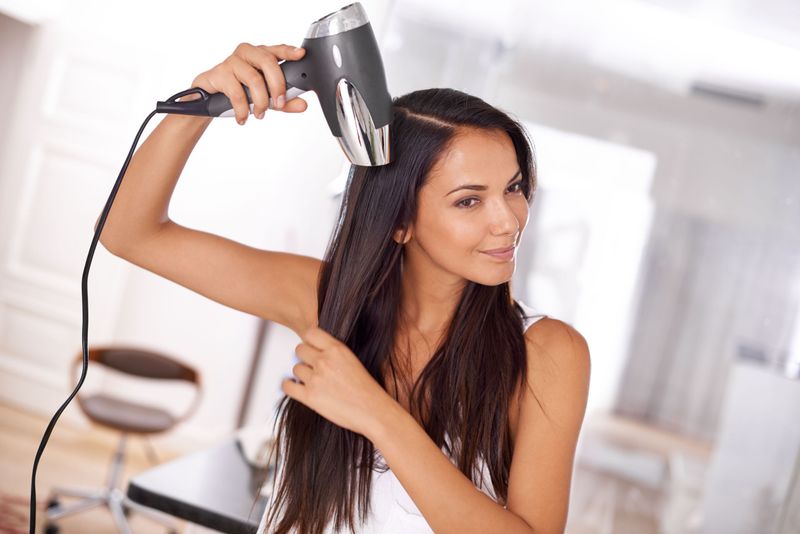
Heat tools can transform your look, but overuse can cause irreversible damage. Excessive styling with flat irons, curling wands, and blow dryers leads to breakage, split ends, and dullness.
Incorporate heat protectants into your routine and reduce the frequency of heat styling. Opt for air-drying when possible or use tools on their lowest setting.
This practice preserves your hair’s natural shine and elasticity, crucial for maintaining both a healthy look and feel. Remember, moderation is the key to retaining luscious locks.
Mismatching Color and Skin Tone

Selecting a hair color without considering your skin tone can result in an unflattering appearance. A color that looks stunning in a magazine might clash with your natural pigmentation.
Understand your undertones—are they warm, cool, or neutral? This knowledge guides you towards shades that enhance your complexion rather than overpowering it.
Consult with a colorist who can recommend hues that bring out your best features, ensuring a harmonious and appealing look.
Forgetting Regular Trims

It’s easy to forget the importance of regular trims, especially when growing out your hair. However, avoiding haircuts for too long can lead to split ends and damage that travel up the hair shaft.
Trimming every six to eight weeks keeps your hair healthy and promotes more robust growth.
It helps maintain shape and style, preventing the temptation of a drastic change out of frustration. Regular maintenance is the secret to luscious, manageable hair that looks stunning between major style changes.
Being Impulsive with Changes
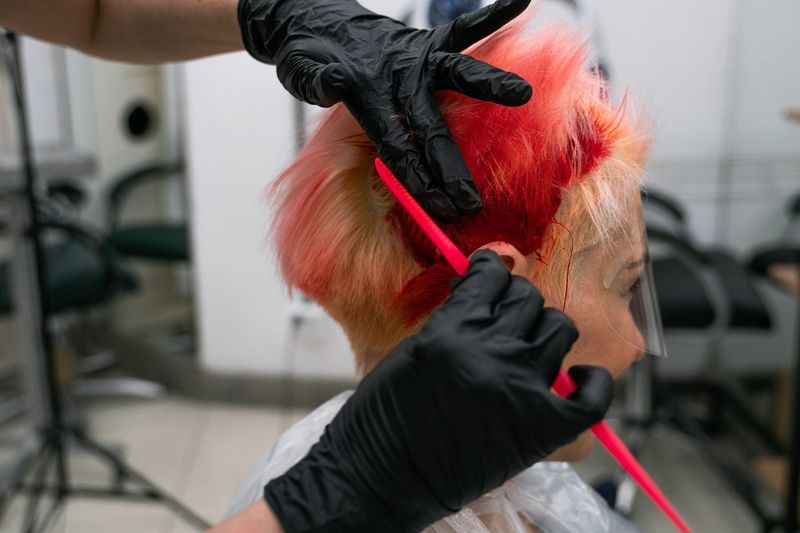
Impulsive decisions can lead to hair regrets. Whether it’s a drastic chop or a bold color change, consider long-term effects and maintenance before making a commitment.
Take time to research and visualize the change, perhaps using temporary solutions like wigs or digital try-ons.
Consulting with a trusted hairstylist can provide valuable insights into how a new look will suit your lifestyle and features. This calculated approach minimizes post-change remorse and ensures you feel confident in your new style.
Underestimating Product Buildup
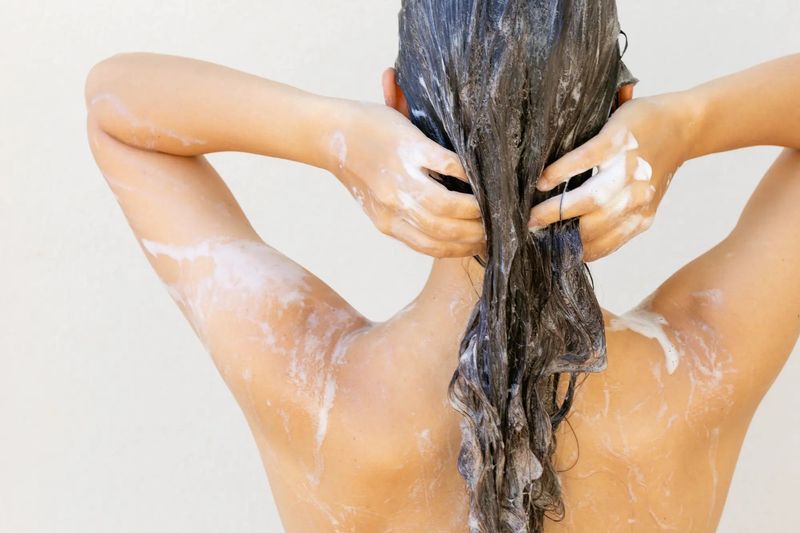
Product buildup is a sneaky culprit of dull, lifeless hair. Over time, styling products, conditioners, and even hard water leave residues that weigh down your locks.
A clarifying shampoo or treatment every few weeks can refresh your hair, restoring its natural bounce and shine.
This cleansing step is vital for people who frequently use styling products or live in areas with hard water.
Clean hair lays the groundwork for any new style, ensuring your hair looks vibrant and alive.
Not Communicating with Your Stylist
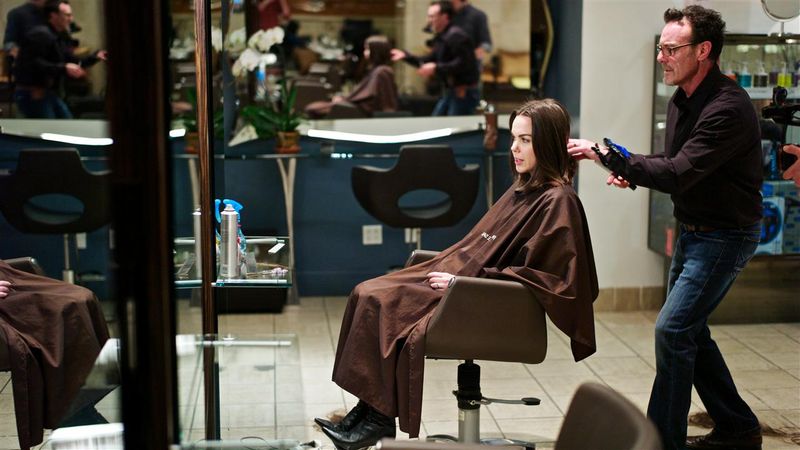
Communication is key in achieving the hairstyle you envision. Failing to articulate your expectations can lead to misunderstandings and results that differ from your desires.
Bring photos, discuss your lifestyle, and share your hair history with your stylist.
A thorough consultation ensures both parties are aligned, allowing for a style that complements you perfectly. This collaboration creates a foundation of trust and satisfaction, reducing the chances of hair mishaps.
Overlooking Seasonal Changes

Seasonal changes dramatically affect your hair’s behavior and needs. Overlooking these fluctuations may result in styles that don’t hold up or hair that feels unmanageable.
Humidity in summer or dryness in winter requires different care routines.
Adapting your products and styles to the season helps maintain your desired look while protecting your hair’s health. Understanding and embracing these changes ensures that your hair remains beautiful and resilient, no matter the season.
Ignoring Hair’s Natural Texture

Fighting against your hair’s natural texture often leads to frustration and damage.
Embrace the curls, waves, or straightness that are uniquely yours to create a style that works harmoniously with your natural attributes.
Instead of constant heat styling, seek products and styles that enhance your natural texture.
This approach not only celebrates your individuality but also promotes healthier, more manageable hair. Loving your natural hair means less stress and more satisfaction with your hairstyle.
